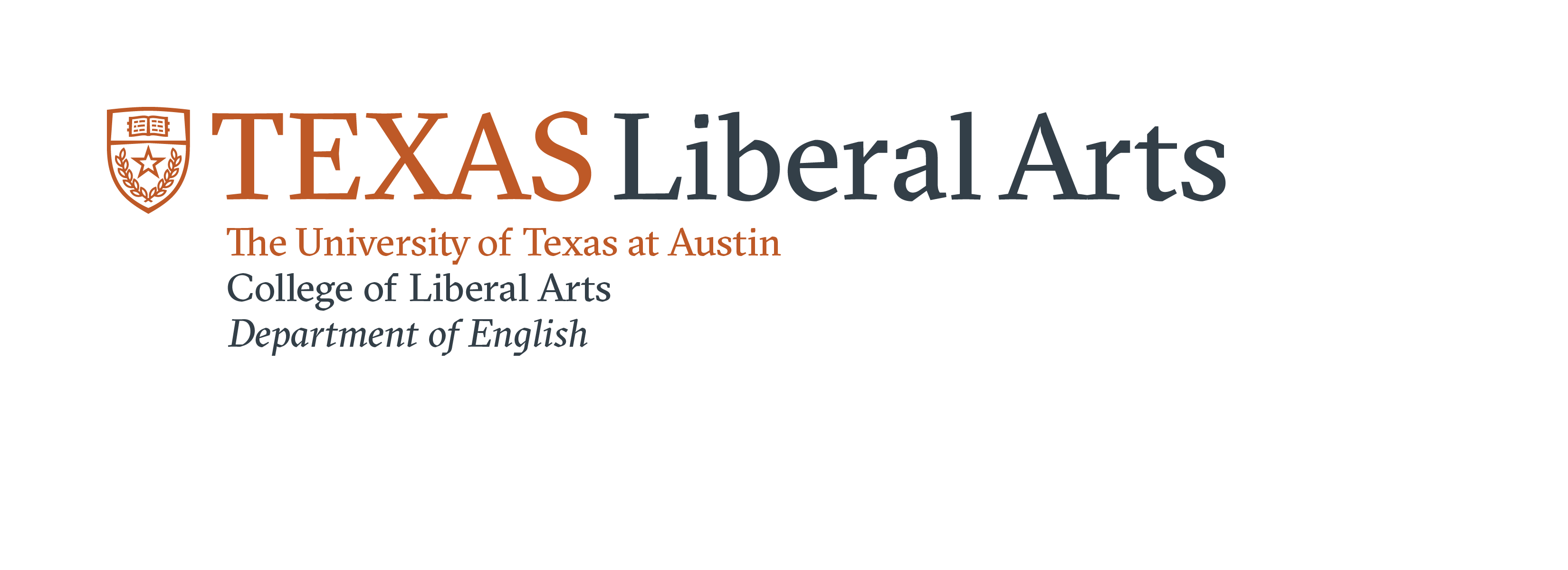EDUCATION & PEDAGOGY
EDITED BY JO HURT
The months since Trump’s second inauguration have been marked by continuous attacks on higher education and, particularly, marginalized communities within academia. Anti-DEI initiatives have placed universities under intense scrutiny and surveillance, leading to threatened university funding, dismantled programs for BIPOC, LBGT+, and other students, and felt precarity for students and educators alike—especially those invested in anti-racist education and practice. Universities have had their funding suspended for campus protests against the genocide of Palestinians and for supporting transgender athletes, and the dissolution of a slew of educational grant programs has had a disproportionate impact on tribal colleges and universities. The Trump administration has both enlisted the Department of Education to enforce its discriminatory and disenfranchising policies while simultaneously working to dismantle the DOE entirely. The message is clear: we cannot count on institutions to save us from institutions. The reviews in this section offer us other ways forward, other ways of imagining the future of education, and other ways of resisting structural and systemic attacks on the most vulnerable in academia.
Autumn Reyes starts off this section with her review of Mimi Khúc’s dear elia: letters from the Asian American abyss, an epistolary critical-creative work that develops a “pedagogy of unwellness.” In offering both “how it is that the university does not care, nor take responsibility, for the unwellness it engenders” as well as “holding space for Asian American students to take focus on themselves,” Reyes demonstrates how Khuc’s work imagines care differently by attending to “her story, her students, and their combined future.”
The next review—of Creating Our Own Lives: College Students with Intellectual Disability, edited by Michael Gill and Beth Meyer—comes from Alyssa Nicole Fisher, who describes the collection as “first-hand essays, poems, songs, and other mediums from college students across the country who experience intellectual disability.” Entries in the collection are provided by students in Transition and Post-Secondary for Students with Intellectual Disabilities programs as well as by members of their support networks. Fisher challenges educators, administrators, and scholars to “begin to question access in their own university space,” in response to the powerful first-person accounts offered.
In his review of Wilson Kwamogi Okello’s On Blackness, Liveliness, and What it Means to Be Human: Towards Black Specificity in Higher Education, Alexander Holt demonstrates the book’s “utility for understanding the nuances of Black life amongst and beyond experiences of domination.” Using “a combination of conventional and creative methods,” the book historicizes an understanding Blackness through political relations and offers “Black specificity” as “a window into understanding the life and living that [Okello] argues is rendered illegible in both higher education and larger society.” Holt describes On Blackness as a “call to embrace speculative reflexivity” in order to “challenge yourself, the university, and Western epistemic reality.”
Eliane Quintiliano Nascimento contends that what sets Stephanie Y. Evans’s Black Feminist Writing: A Practical Guide to Publishing Academic Books apart as a guide to academic publishing is how it “integrates Black feminist intellectual traditions.” This text, like the others so far in this section, blends reflexive and critical modes as well as offers practical guidance and, in so doing, “frames academic writing as both a political and personal act.” Nascimento’s review frames Evan’s book as offering a model of approaching “the publishing process with purpose, wellness, and community impact.”
Finishing out this section, Dan Dawer invites us to turn our attention to public K-12 education in his review of Roseann Liu’s Designed to Fail: Why Racial Equity in School Funding is So Hard to Achieve. By tracing how Pennsylvania public school funding preferentially flows toward majority-white districts, Dawer outlines how Liu’s work “reveals the possibilities and constraints justice movements face and explores what it would take to achieve a racially just, reparations-based school funding system.” Dawer emphasizes how grassroots movements might wrest further financial power “from a position of abundant justice rather than settling for what seems practical,” and calls on activists and scholars to take Liu’s work further by examining the role of charter schools in perpetuating systemic racism in education funding.
Together, these reviews highlight how imagining academia differently requires imagining academic writing differently by emphasizing community audiences and engagement, incorporating multimodal methodologies that center marginalized voices, and engaging in pedagogical and writerly reflexivity. The reviewers highlight how modern policies and praxes—from academic publishing to K-12 public education funding to the structural affordances of higher education—threaten to erase lived experiences related to power and difference in educational spaces. But they also highlight how collective and communal action—from rewriting the history of race in the academy to fighting for institutional and programmatic access to advocating for change through grassroots political movements—might offer brighter and more just futures.

